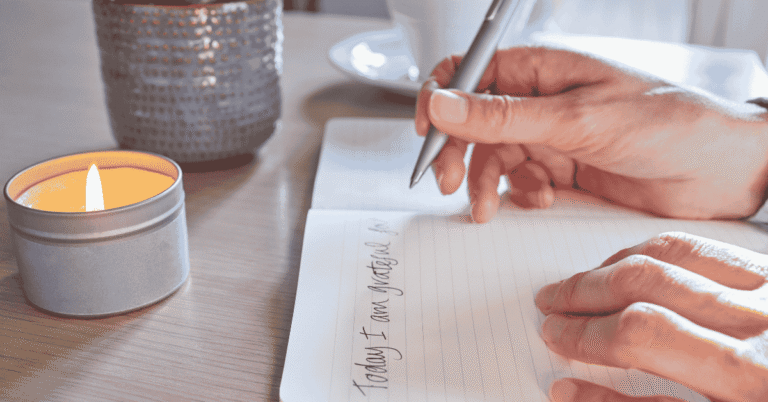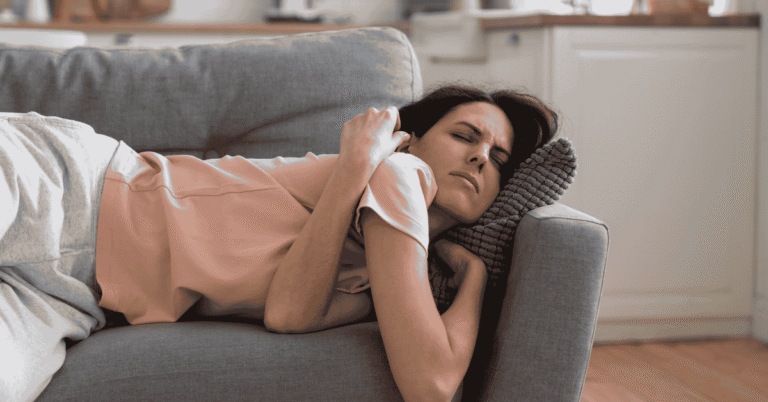What is the Correct Sleeping Position for Infants? A Comprehensive Guide for Parents
As a medical doctor, I often encounter new parents grappling with the complexities of infant care, especially when it comes to sleep. One of the most critical aspects of ensuring a baby’s safety and health is understanding the correct sleeping position. This article will delve into what is your correct sleeping position in infants, emphasizing the importance of back sleeping, the risks associated with other positions, and practical tips for parents.
Table of Contents
The Dangers of Incorrect Sleeping Positions
Many parents may not realize that the way their baby sleeps can significantly impact their health. Sudden Infant Death Syndrome (SIDS) remains a leading cause of death among infants, particularly those under one year old. Research indicates that babies who sleep on their stomachs or sides are at a higher risk for SIDS compared to those who sleep on their backs.
The Impact of SIDS
SIDS is characterized by the sudden and unexplained death of an otherwise healthy infant, often during sleep. The emotional toll on families affected by SIDS is profound, leading to grief, guilt, and confusion. As a healthcare provider, I’ve seen how this tragedy can ripple through families, prompting many parents to seek answers and preventive measures.
The Confusion Surrounding Safe Sleep Practices
Despite widespread awareness campaigns like “Back to Sleep,” confusion persists about safe sleep practices for infants. Many parents may have been raised with different advice regarding infant sleep positions, leading to uncertainty about what is best for their babies.
Common Misconceptions
– Side Sleeping is Safe:
Some parents believe that placing a baby on their side is safer than on their back. However, side sleeping can lead to rolling onto the stomach, increasing SIDS risk.
– Stomach Sleeping Helps with Reflux:
While some may think that stomach sleeping prevents choking during reflux episodes, research shows that back sleeping is safer even for babies with reflux.
– Older Babies Can Sleep in Different Positions:
Many parents assume that once their baby can roll over, they can choose any position. Though rolling over is natural, it’s still crucial to place babies on their backs for sleep until they are one year old.
Understanding the Correct Sleeping Position for Infants
The Back Sleeping Position
The safest sleeping position for infants is on their back, known as the supine position. This recommendation is supported by substantial research and guidelines from health organizations such as the American Academy of Pediatrics (AAP).

Why Back Sleeping is Best
1. Reduces the Risk of SIDS:Studies show that placing babies on their backs significantly lowers the risk of SIDS. According to research published by the AAP, since implementing back sleeping recommendations in 1992, SIDS rates have dropped dramatically.
2. Improves Airway Function: When babies are placed on their backs, their airway anatomy allows for easier breathing. The trachea lies above the esophagus in this position, reducing the risk of aspiration from spit-up.
3. Promotes Better Sleep Quality: Babies who sleep on their backs tend to have more restful and uninterrupted sleep cycles.
Guidelines for Safe Sleep Practices
To ensure your baby sleeps safely and soundly, follow these guidelines:
1. Always Place Your Baby on Their Back
From day one until your baby turns one year old, always put them down to sleep on their back. This simple action can save lives.
2. Use a Firm Sleep Surface
Ensure that your baby’s crib or bassinet has a firm mattress covered with a fitted sheet. Avoid soft bedding such as pillows, blankets, or bumper pads that could pose suffocation hazards.
3. Keep the Sleep Environment Clear
Remove any toys or loose items from your baby’s sleep area. A clutter-free environment minimizes risks and ensures safety.
4. Avoid Overheating
Dress your baby appropriately for the room temperature and avoid heavy blankets or clothing that could cause overheating.
5. Encourage Tummy Time When Awake
While back sleeping is essential during rest periods, encourage tummy time when your baby is awake and supervised. This practice helps strengthen neck and shoulder muscles while preventing flat spots on the head.
Monitoring Your Baby’s Sleep Position
As babies grow and develop motor skills, they will begin to roll over naturally. However, it’s essential to continue placing them on their backs for sleep even after they can roll over independently.
What to Do If Your Baby Rolls Over During Sleep
If you find your baby has rolled onto their stomach during sleep:
– Do Not Panic:Most babies will instinctively turn their heads to breathe.
– Continue Back Sleeping:Always place them on their back to sleep initially; they can find their own comfortable position afterward.
– Consult Your Pediatrician: If you have concerns about your baby’s sleep position or safety, discussing them with your pediatrician can provide peace of mind.
My Experience as a Medical Doctor
As a practicing physician, I often reassure new parents about safe sleep practices based on scientific evidence. I remember one particular case where a concerned mother came to me after hearing conflicting advice from family members about her baby’s sleeping position. She was distressed about whether she should allow her infant to sleep on his side due to concerns about choking during reflux episodes.
I explained to her that despite these worries, placing her baby on his back was still the safest option according to current guidelines. I encouraged her to monitor her baby’s feeding patterns and provided tips for managing reflux while maintaining safe sleep practices. After implementing these strategies and gaining confidence in her choices, she reported feeling much more at ease about her baby’s sleep routine.
Additional Tips for Promoting Healthy Sleep Habits
In addition to ensuring proper sleeping positions, consider these tips for fostering healthy sleep habits in your infant:
1. Establish a Bedtime Routine
Creating a consistent bedtime routine helps signal to your baby that it’s time to wind down for sleep. Activities like bathing, reading a book, or gentle rocking can be calming rituals before bed.
2. Monitor Daytime Naps
Ensure that daytime naps are not too long or too close to bedtime; this helps maintain a healthy nighttime sleep schedule.
3. Create a Calm Sleep Environment
Dim lights and reduce noise levels in your baby’s room during bedtime routines to create an atmosphere conducive to relaxation and rest.
4. Be Patient with Sleep Transitions
As your baby grows and develops new skills (like rolling over), be patient during transitions in sleep habits; consistency will help them adjust more smoothly.
Medical Disclaimer:This article is based on thorough research, scientific studies, and my personal experience as a medical doctor interested in sleep health. This content is for informational purposes only and should not be considered medical advice. Each individual’s sleep needs and health conditions are unique. I recommend consulting with a healthcare professional or sleep specialist to address specific concerns for better sleep.
Conclusion: Prioritizing Safe Sleep for Your Infant
Understanding what is your correct sleeping position in infants is crucial for every parent seeking to ensure their child’s safety during sleep. By consistently placing your baby on their back for every nap and overnight rest period, along with following safe sleep guidelines, you are taking proactive steps toward reducing the risk of SIDS and promoting healthy development.
Remember: Always consult with healthcare professionals if you have questions or concerns about your baby’s sleeping habits or overall health!
References
1. The Lullaby Trust – [Sleeping Position](https://www.lullabytrust.org.uk/safer-sleep-advice/safer-sleep-basics/sleeping-position/)
2. Mustela USA – [Baby Sleep Positions](https://www.mustelausa.com/blogs/mustela-mag/baby-sleep-positions-for-parents)
3. Medical News Today – [Baby Sleep: Which Position is Best?](https://www.medicalnewstoday.com/articles/299678)
4. Healthy Children – [Sleep Position: Why Back is Best](https://www.healthychildren.org/English/ages-stages/baby/sleep/Pages/Sleep-Position-Why-Back-is-Best.aspx)
5. Happiest Baby – [Baby Sleep Positions: What’s Safe?](https://www.happiestbaby.com/blogs/baby/baby-sleep-positions)






https://t.me/s/officials_pokerdom/3533
https://t.me/Martin_officials